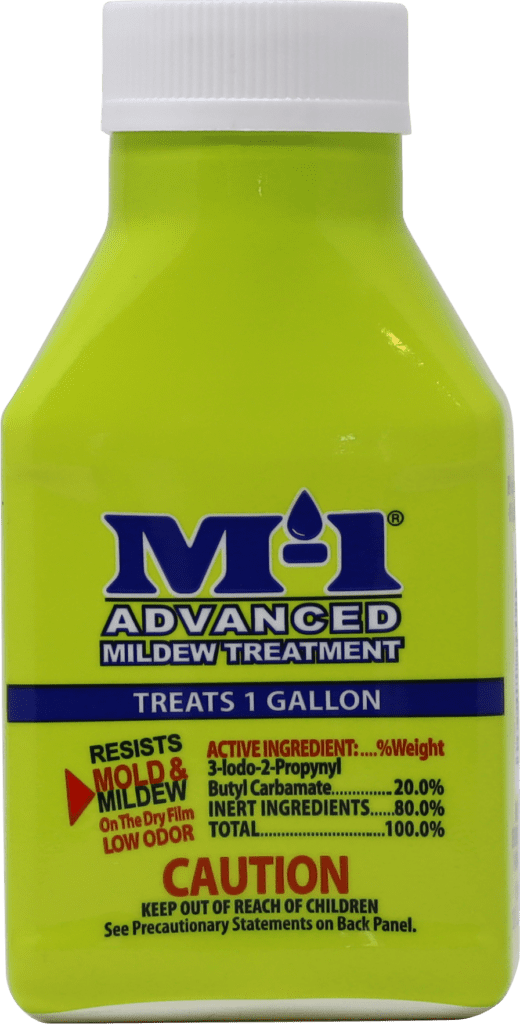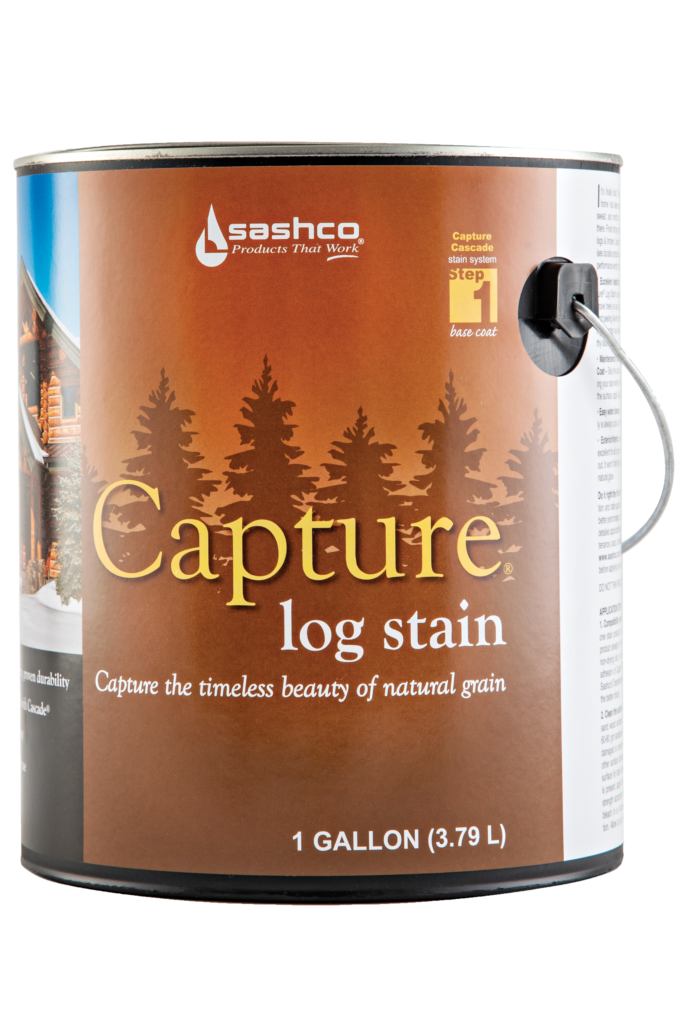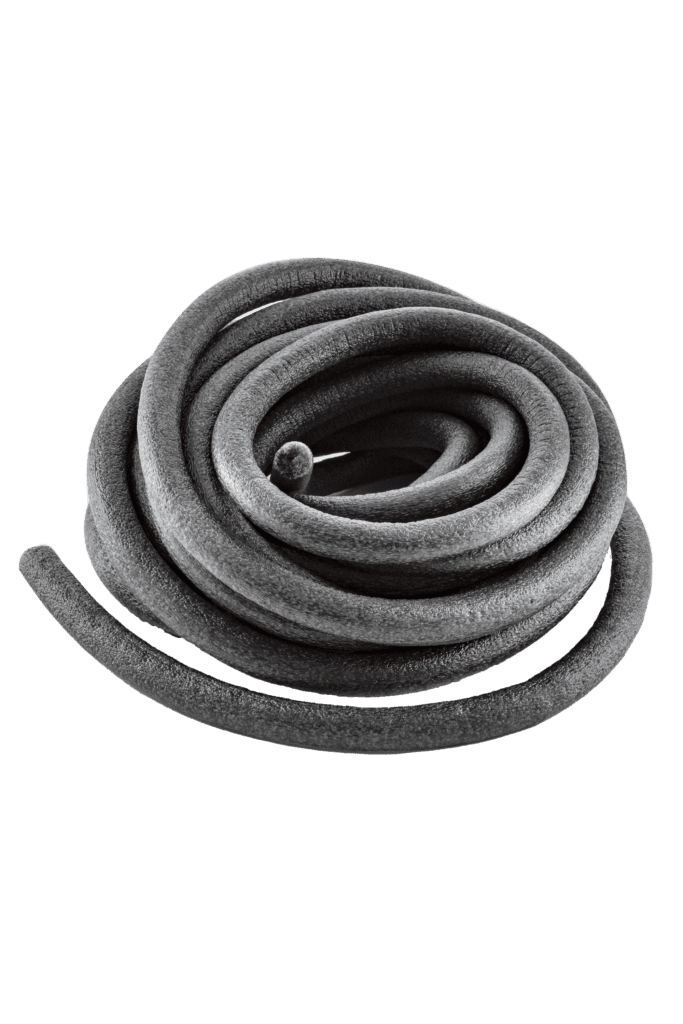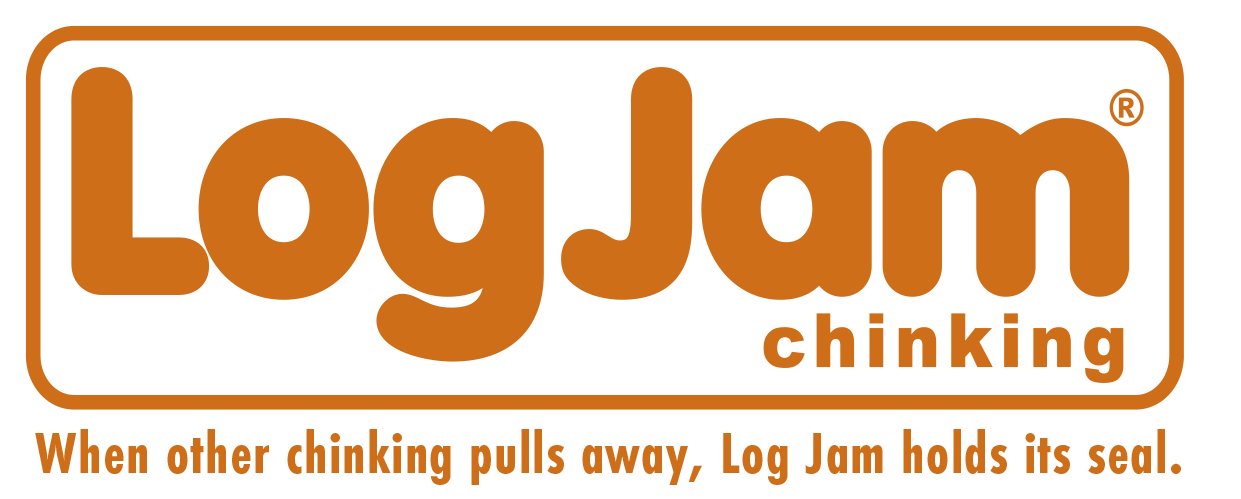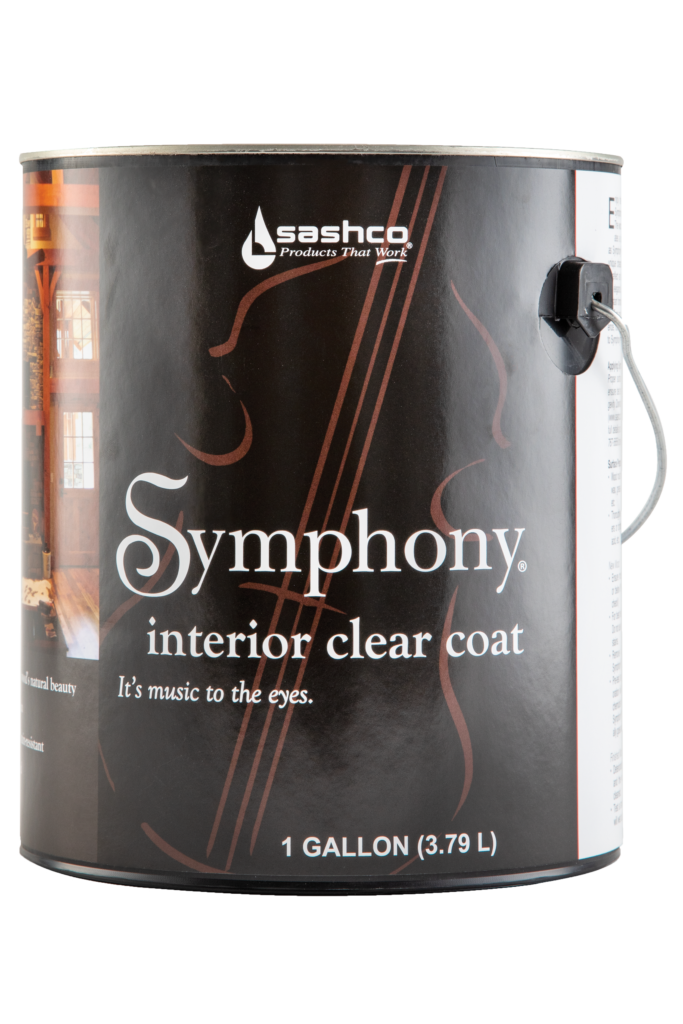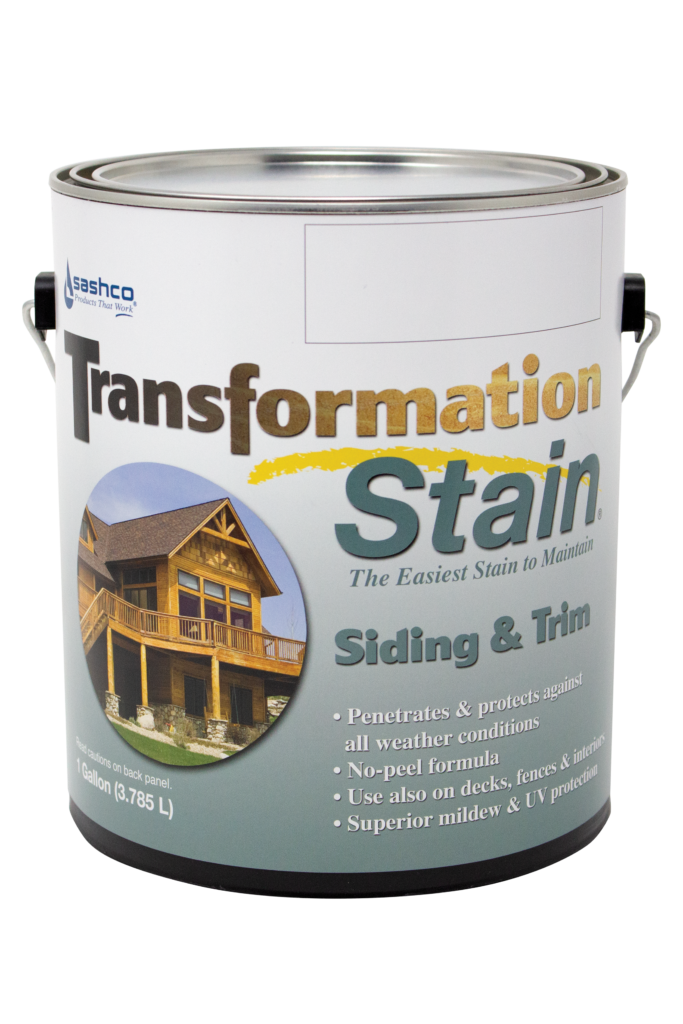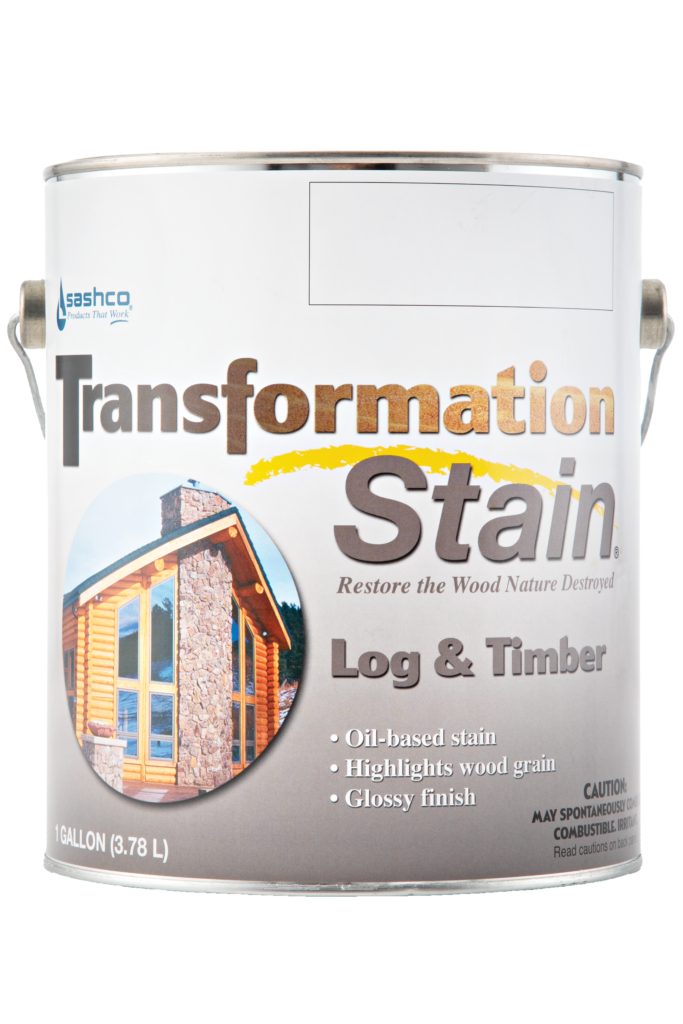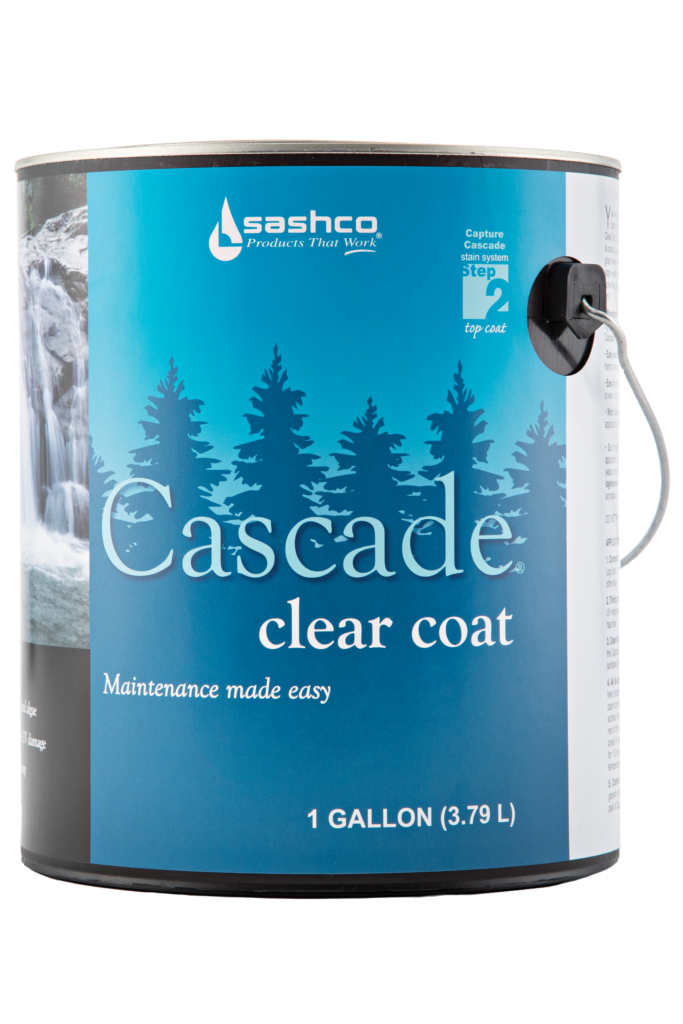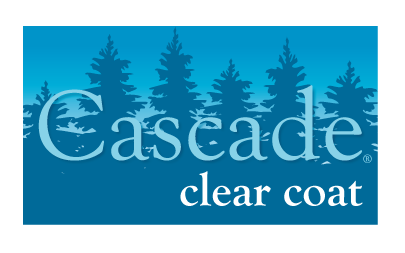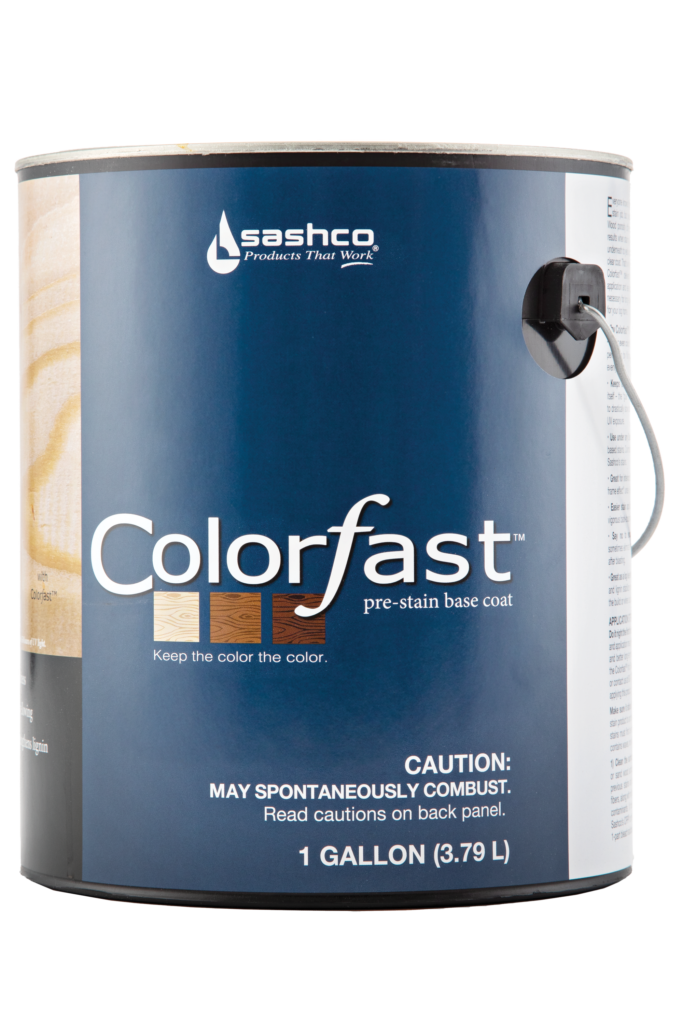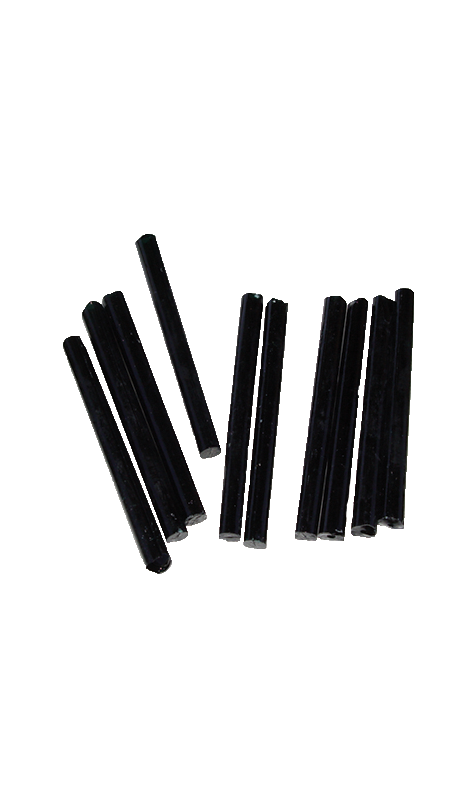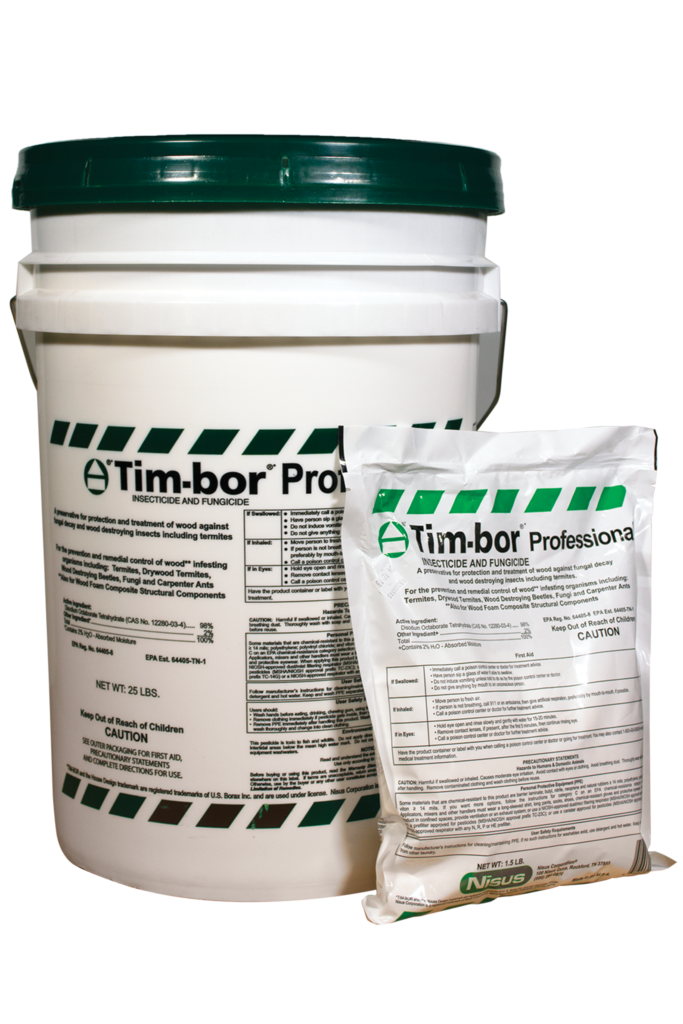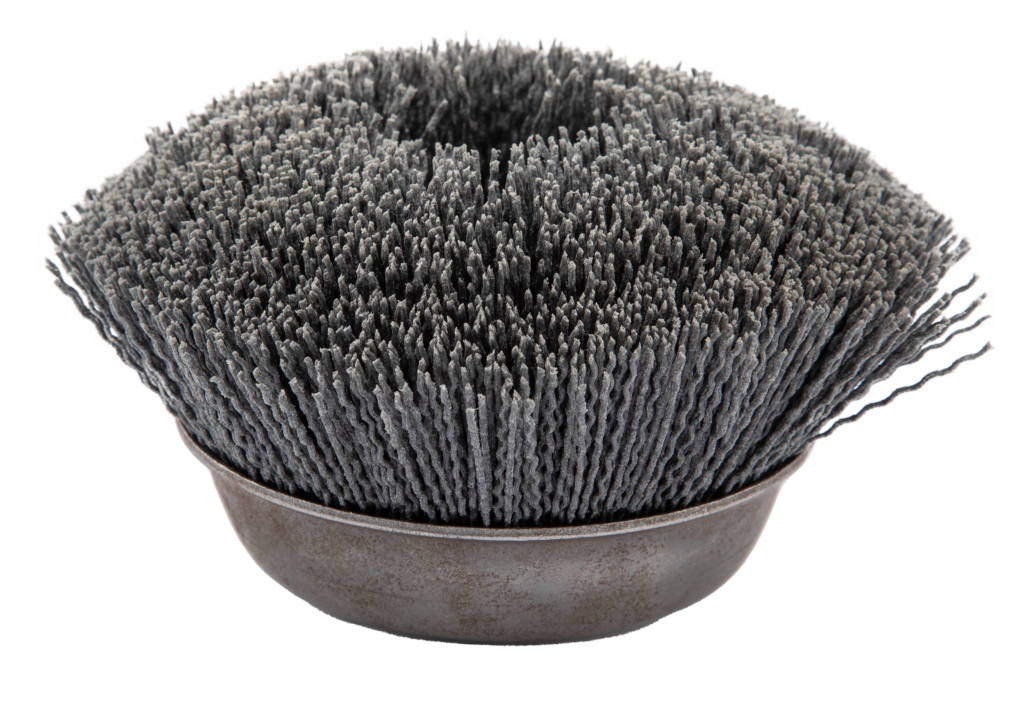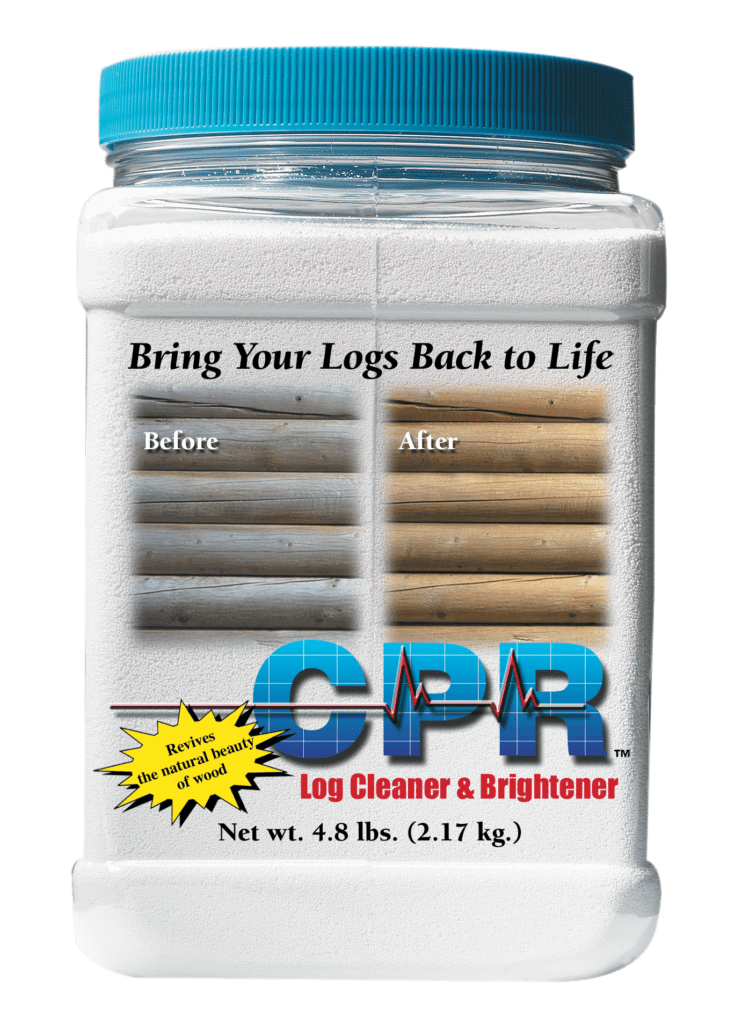Caulk Shrinkage | Why Does Caulk Shrink & How to Avoid It?
You just applied the perfect caulking bead. So, then what’s up with the caulk shrinkage?
It was even with the surface. You even outlined the joint with painter’s tape to make sure it looked clean when done. Now, a couple days later, the caulk bead has gone concave. It’s the incredible shrinking caulk! What happened?
Have no fear: shrinking caulk is actually a good thing.
Shrinking Caulk = Better Performance
Fact is, shrinking caulk is a sign of good elasticity. In order to achieve that elasticity, fewer fillers are used. Those fillers are great for creating a nice, even caulk line with the surface, but too many fillers create a thick, hard sealant with no stretch. It will quickly crack, creating rework for you. (Ugh!)
But why do I need elasticity?
Because homes move. Your bathtub moves every time you get in and out of it. Your window shifts with the wind, and your door frame shrinks every time you turn on the heat. All of this movement stresses the sealants used in those areas. A nice, non-shrinking caulking product will look great when first applied, but at the first sign of movement, it will crack or lose adhesion. And we’re pretty sure that repairing cracked caulk isn’t what you enjoy doing with your weekends. So avoid cracked caulk by using high-performance, ultra-elastic sealants. All of Sashco’s products are formulated with obscene amounts of elasticity to last longer.
But I don’t like how shrinking caulk looks, so what can I do?
Simply apply more caulk a day or two later. You’ll achieve the even caulking bead look you want without sacrificing performance. (Make sure you don’t apply it too thickly or it won’t stretch properly.)
Most importantly, have peace of mind knowing that a slightly concave caulk joint means your hard work is going to last longer. You have more important things to do than repair failed caulking anyway, right?
